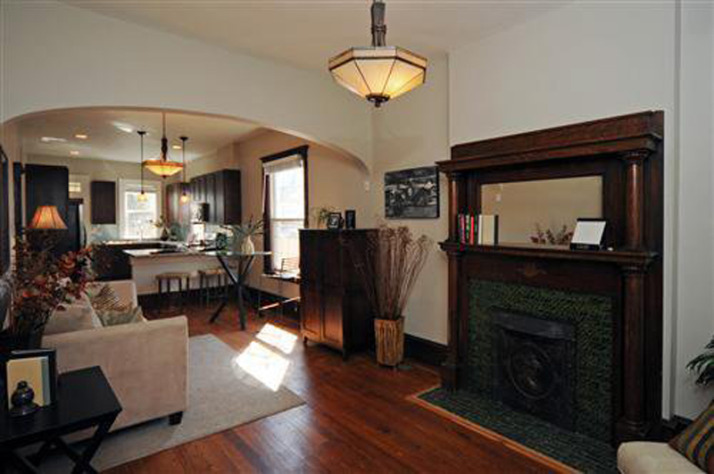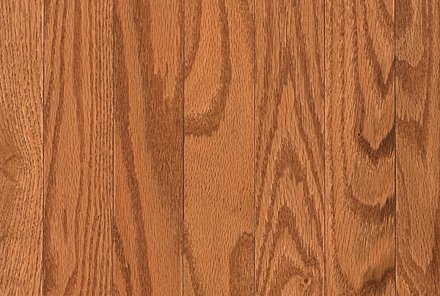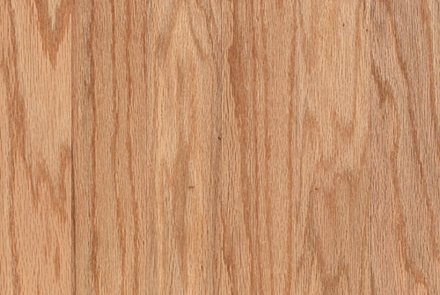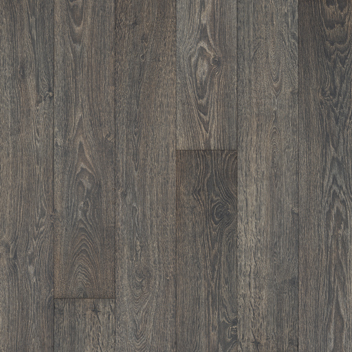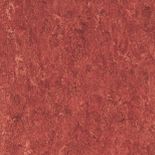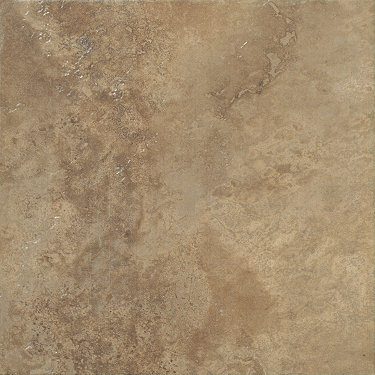What You Can Do to Save Big on Home Energy Bills
 Thursday, September 13, 2012 at 2:00PM
Thursday, September 13, 2012 at 2:00PM  Photo: Greener ChoicesIf you're like the typical American, you know a thing or two about energy efficiency, but you're also leaving serious savings on the table. Take a look at the seven energy questions listed below to test your own Energy IQ. Then read through the answers to learn the latest efficiency news and advice, which could lower your utility bills by hundreds of dollars.
Photo: Greener ChoicesIf you're like the typical American, you know a thing or two about energy efficiency, but you're also leaving serious savings on the table. Take a look at the seven energy questions listed below to test your own Energy IQ. Then read through the answers to learn the latest efficiency news and advice, which could lower your utility bills by hundreds of dollars.
1). What has happened to energy consumption by all households in the U.S. since the late 1970s?
- Increased by about 50%
- Increased by about 25%
- Stayed about the same
- Decreased by about 25%
- Decreased by about 50%
Today's homes are about 30% bigger than those built in the late 1970s, they're buzzing with electronics, and nine out of ten have air conditioning. And yet, total energy consumption has been basically flat. "But the bar was unbelievably low to begin with," says Arthur Rosenfeld, Distinguished Scientist Emertius at Lawrence Berkeley National Laboratory and a two-term commissioner with the California Energy Commission. "Energy was dirt cheap back then, and if you were in the market for a new car or refrigerator, you had no way of measuring efficiency."
Appliance standards have done the most to counteract other increases in home energy use. Take refrigerators: A typical 1975 model consumed about 1,750 kilowatt-hours (kWh) per year. Efficiency standards helped bring that figure down to around 500 kWh in 2011, and a target of about 400 kWH is set for 2015. Clothes washers and dishwashers have also been impressive efficiency gains. The new lighting-related energy use in half by 2035. And standards set for 2015 and beyond will improve the efficiency of air conditioners and water heaters, which together account for almost one-third of the average home's energy use.
2). Which home improvement will usually lower a household's annual energy costs the most?
- Upgrading windows
- Adding insulation to an attic
- Installing light-colored roof shingles
- Sealing all air leaks, including leaky ducts
 Photo: Greener ChoicesSlick advertising by manufacturers may be the reason that many people incorrectly choose windows in this question. Though new windows can save energy, especially double-glazed units with low-E coatings, Consumer Reports' tests have found that it could take 20 years to recoup the investment.
Photo: Greener ChoicesSlick advertising by manufacturers may be the reason that many people incorrectly choose windows in this question. Though new windows can save energy, especially double-glazed units with low-E coatings, Consumer Reports' tests have found that it could take 20 years to recoup the investment.
The swiftest savings come from sealing air leaks in your home's walls, windows, and especially its ductwork, which 33% of respondents answered correctly. "Leaky return ducts can also introduce unwanted air pollutants into the home," adds Kathleen Hogan, Deputy Assistant Secretary for Energy Efficiency at the Department of Energy.
Duct insulating and sealing are best left to a professional and could lower your annual heating and cooling bills by $400. You can then use a combination of caulk, foam board, expandable sealant, and weather stripping to plug leaks around windows, doors, electrical outlets, and other openings in your home.
Adding attic insulation is often the next best way to save energy. In a typical residence, laying 11 inches of fiberglass or rock wool or 8 inches of cellulose insulation could save up to $200. Cool roofs are designed to reflect more sunlight and absorb less heat. They can trim cooling costs in warm regions, especially if there's conditioned living space directly beneath the roof.
3). Which configuration typically uses more energy?
- A standard high-definition DVR set-top box and 55-inch LCD TV
- A standard sized side-by-side refrigerator
 Photo: Greener ChoicesThe correct answer is the refrigerator - it's the more energy-intensive configuration, with an approximate annual consumption of 500 kWh, compared with around 300 kWh for the TV and set-top box. But most homes have just one fridge, and multiple TVs and cable boxes are the norm. What's more, the calculations assumed a set-top box that meets the latest Energy Star 3.0 specification, which could be at least 40% more efficient than what you may have at home. That's why the total energy that many households consume watching TV is greater than what they use to keep their food and drinks cold.
Photo: Greener ChoicesThe correct answer is the refrigerator - it's the more energy-intensive configuration, with an approximate annual consumption of 500 kWh, compared with around 300 kWh for the TV and set-top box. But most homes have just one fridge, and multiple TVs and cable boxes are the norm. What's more, the calculations assumed a set-top box that meets the latest Energy Star 3.0 specification, which could be at least 40% more efficient than what you may have at home. That's why the total energy that many households consume watching TV is greater than what they use to keep their food and drinks cold.
If you have an old set-top box, ask your cable provider to replace it with one that meets Energy Star's 3.0 specification. The country's six largest cable companies, serving approximately 85% of cable households, promised that at least 90% of new set-top boxes deployed to customers by the end of 2013 will be Energy Star 3.0 qualified. And if you keep a TV in a guest room or other seldom-used part of the house - unplug it! and any ancillary equipment.
4). Which renewable energy device doesn't qualify for a federal tax credit?
- Solar water heater
- Pellet stove
- Geothermal heat pump
- Residential wind turbine
 Photo: Consumer ReportsThe correct answer is pellet stoves. They are the one form of renewable energy not eligible for a federal tax credit, which expired in 2011. The pellet stove industry is lobbying hard for its reinstatement, saying the U.S. is the potential world leader in the production of the appliances and their clean-burning fuel.
Photo: Consumer ReportsThe correct answer is pellet stoves. They are the one form of renewable energy not eligible for a federal tax credit, which expired in 2011. The pellet stove industry is lobbying hard for its reinstatement, saying the U.S. is the potential world leader in the production of the appliances and their clean-burning fuel.
For now, geothermal heat pumps, residential wind turbines, and solar energy systems qualify for a credit, covering 30% of the cost with no cap. The tax credit is good through 2016 and can be applied to existing homes and new construction using IRS form 5695. Check www.dsireusa.org for state and local incentives.
5). Adjusting a thermostat 5° to 10° F at night and when you're not at home can cut a household's annual energy costs by how much on average?
- Under 10%
- 10% to 20%
- 21% to 30%
- Over 30%
 Photo: Greener ChoicesEach degree you adjust the thermostat could translate into 2% savings if the setback period covers the sleeping and working hours. So in this scenario, the correct answer is 10% to 20%. Given that the average American household spends about $1,000 on heating and cooling, that amounts to potential savings of $200 - enough to cover the cost of several programmable thermostats.
Photo: Greener ChoicesEach degree you adjust the thermostat could translate into 2% savings if the setback period covers the sleeping and working hours. So in this scenario, the correct answer is 10% to 20%. Given that the average American household spends about $1,000 on heating and cooling, that amounts to potential savings of $200 - enough to cover the cost of several programmable thermostats.
6). On average, which appliance uses more energy per load?
- A washing machine
- A clothes dryer
 Photo: Greener ChoicesThe correct answer is the dryer as the more energy-intensive laundry appliance. Dryers generate heat, which most people know requires a lot of energy - upward of 900 kWh per year to be exact. But increased focus on dryer efficiency could make this question less of a no-brainer.
Photo: Greener ChoicesThe correct answer is the dryer as the more energy-intensive laundry appliance. Dryers generate heat, which most people know requires a lot of energy - upward of 900 kWh per year to be exact. But increased focus on dryer efficiency could make this question less of a no-brainer.
The Energy Star program named Advanced Clothes Dryers the winner of its 2012 Emerging Technology Award. Heat pump clothes dryers, which already command significant market shares throughout parts of Europe, have the most promise. Those dryers extract heat from a home's ambient air and release it at a higher temperature inside the drum. Compared with conventional electric dryers, they could save $30 to $40 per year and as much as $700 over the life of the unit, though consumers will need to get used to longer drying times and steeper up-front costs.
The first advanced clothes dryers are expected to be out in 2013. Energy Star is also developing a specification for conventional dryers that could improve their efficiency by 5% to 10%. In the meantime, your best bet for saving energy on laundry is to buy a high efficiency washer that will spin the most water from a load before it goes in the dryer.
7). Can you guess how much 'standby power' costs?
Many devices in the home consume electricity even when you're not actively using them. All that vampire power can add up to 10% of your electricity bill. Unplugging or powering down the following gadgets could save you approximately $120 dollars a year, especially if they're older models without auto-shutdown modes. (Sources for figures below: Lawrence Berkeley National Laboratory, Carnegie Mellon University)
Digital set-top box (with TV off): $25
Video game console (idle mode): $75
Combo DVD/VCR player (on): $13
Cordless power tool and charger (fully charged): $8




















